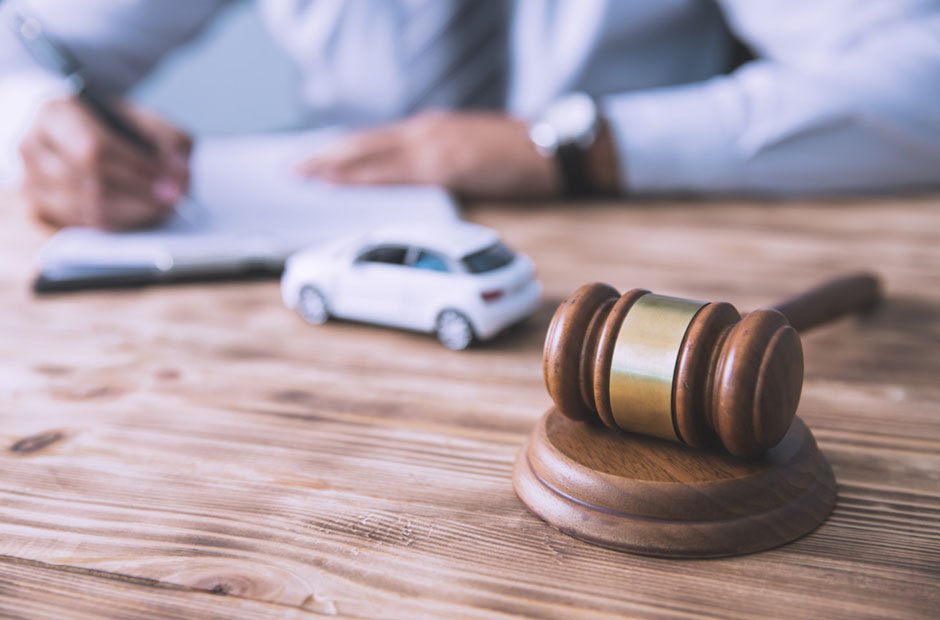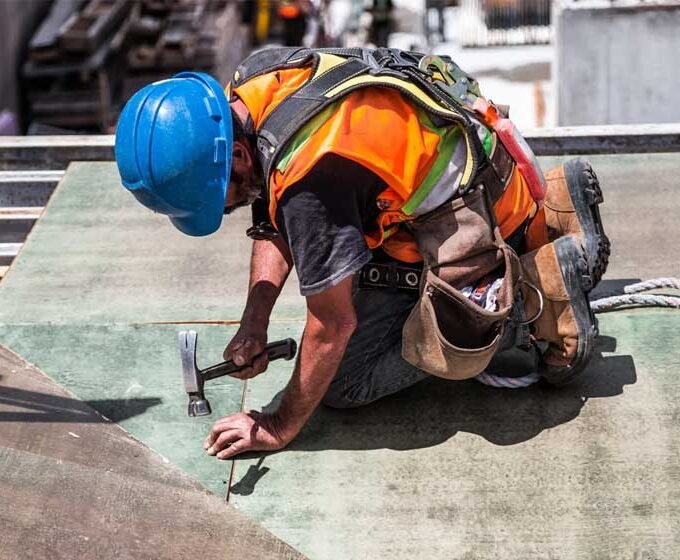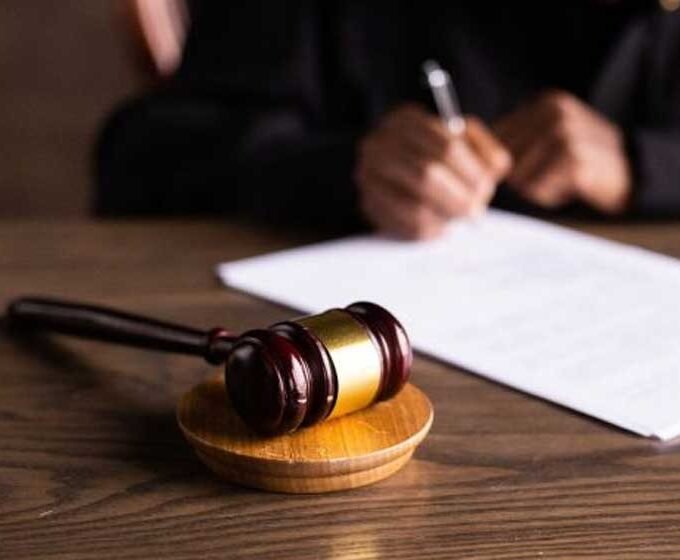Denver, with its stunning mountain views and dynamic urban landscape, has a vibrant mix of vehicles, pedestrians, and cyclists navigating its streets daily. The Mile-High City, as it continues to grow and develop, presents both opportunities and challenges for its residents.
While the city invests in road safety and infrastructure, drivers must be vigilant and understand their rights should they be involved in an accident. In such situations, seeking guidance from an accident lawyers service in Denver can make a significant difference.
Stay Informed and Drive Safely
Nestled in the heart of Colorado, Denver’s roads tell a story of time’s passage. As you navigate through the city, areas like Larimer Square offer a delightful journey into yesteryears. With its cobblestone streets and historical architecture, it evokes memories of a Denver from another era, where horse-drawn carriages might have been a common sight and the pace of life was markedly different. Every brick and stone in these districts whispers tales of the city’s vibrant past, acting as a living museum for residents and visitors alike.
Yet, just a short drive away, the scene dramatically shifts. Modern highways stretch out, bustling with vehicles, representing the city’s rapid growth and its embrace of the future. These sprawling networks of roads and interstates are a testament to Denver’s urban expansion, seamlessly connecting its suburbs and facilitating the city’s ever-growing populace. On these roads, the challenges are different: the hum of engines, the swift pace, and the sheer volume of traffic demand a driver’s undivided attention, underscoring the dichotomy of Denver’s diverse roadways.
Denver’s Dynamic Roadways
Denver provides drivers with an enchanting mosaic of roads and avenues, each echoing different eras of the city’s development. One can meander through the historic districts, such as Larimer Square, and be instantly transported back in time. Here, the meticulous preservation of cobblestone streets and vintage architecture offers a stark, yet delightful contrast to the city’s modern aspects. The gentle rumbles of cars over these stones resonate with the whispers of Denver’s rich past, reminding locals and visitors alike of its enduring charm.
Yet, a short drive can shift this nostalgic experience to one of contemporary vibrancy. The city’s expansive modern highways, with their multiple lanes and overpasses, are a testament to Denver’s growth and its embrace of the future. These roads, humming with the rhythm of today’s traffic, connect the heart of Denver to its sprawling suburbs and beyond. For drivers, the juxtaposition of the old with the new presents a unique challenge. Successfully navigating this diverse landscape requires a keen awareness of its varied terrains, ensuring not just a smoother drive but also enhanced safety for all road users.
Adherence to Regulations
Denver’s urban layout is an intricate tapestry of zones, each with its distinct characteristics and purposes. As with most metropolitan areas, the city has a meticulous set of road rules tailored to accommodate these differences. For instance, school zones are particularly sensitive areas. Here, speed limits are lowered during specific times to ensure the safety of young students as they start and end their school day.
On the other hand, residential neighborhoods prioritize the well-being of its residents, often with reduced speed limits and additional stop signs. These areas contrast with high-traffic corridors, which, while having higher speed limits, also come with stringent rules to manage the flow of vehicles efficiently. For drivers, awareness of these varied regulations is paramount. Diligent adherence not only paves the way for safer journeys but also steers clear of unwanted legal entanglements that could arise from inadvertent violations.
The Rise of Sustainable Transport
Denver’s strides towards a greener future are palpable in its streets. As the city leans into sustainable transport, there’s been a notable uptick in cyclists weaving their way through traffic, and the familiar hum of buses and trams has become a more pronounced feature of Denver’s soundscape. This evolution in transportation underscores the city’s commitment to reducing its carbon footprint and promoting healthier commuting options for its residents.
However, this shift also necessitates adaptations from all road users. For drivers, this means heightened awareness. The appearance of a cyclist alongside traffic or a tram making its scheduled stop requires additional caution. The integration of bike lanes and frequent public transport stops challenges drivers to be ever-vigilant, ensuring safety for all who share Denver’s roads.
Adjusting to Changing Traffic Patterns
Denver’s pulsating energy is reflected in its ever-shifting traffic rhythms. The city’s growth, coupled with events like a Rockies game or seasonal festivals, introduces variables that can lead to unexpected road congestion. Additionally, construction zones, as the city undergoes infrastructural developments, can spring up, rerouting the usual flow of traffic.
For Denver’s drivers, staying ahead of these changes is vital. Leveraging traffic apps or tuning into local news can offer real-time updates, allowing for timely route adjustments. By proactively adapting to these shifting patterns, drivers can ensure a smoother, safer journey through the city’s vibrant streets.
Know Your Rights
In the aftermath of an accident on Denver’s roads, knowing your legal rights and obligations becomes paramount. While the immediate focus is on medical recovery, the legal aspects can shape the longer-term outcomes for victims. Here are some key considerations:
- Determining Liability: After an accident, establishing who was at fault is a primary concern. Colorado’s laws specify criteria to determine liability, and understanding these nuances can significantly impact the case’s outcome.
- Insurance Claims: Colorado operates under a “fault” system for auto insurance claims, meaning the party determined to be at fault bears the responsibility for damages. Navigating these claims can be intricate, as insurance companies often aim to minimize their payouts.
- Seeking Compensation: Victims might be eligible for compensation covering medical expenses, lost wages, property damage, and even emotional distress. It’s essential to know how to quantify and rightfully claim these damages.
- Legal Guidance: The complexities of laws surrounding accidents can be overwhelming. With stipulated filing deadlines and the intricacies of comparative negligence, having a knowledgeable legal team ensures victims’ rights are well-represented and they receive the compensation they deserve.
Navigating Denver’s multifaceted roadways requires a blend of awareness and preparedness. With its rich history juxtaposed against modern growth, the city offers unique driving experiences. Being proactive in safe driving practices and having a clear understanding of your rights ensures you’re well-equipped for the journey. Should you face unforeseen challenges, rest assured that skilled legal support is available to guide you.
















